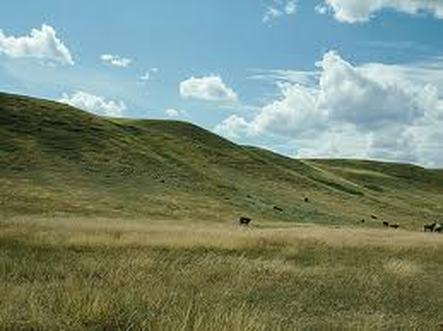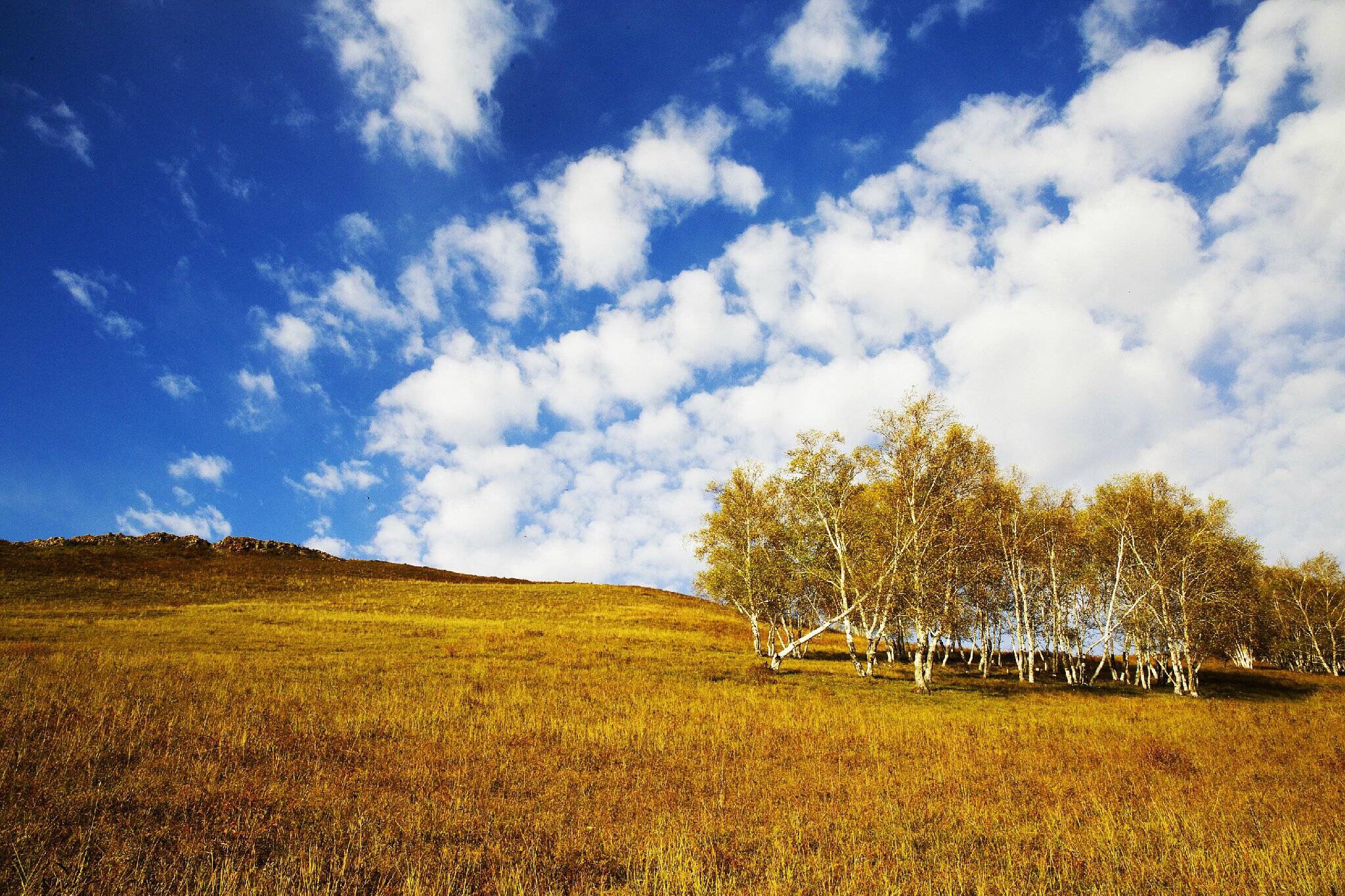
Winter lows fall well below freezing point and summer highs can reach over 100 degrees Fahrenheit. Grasslands experience vast temperature differences, both seasonally and between night and day.

Droughts can occur if several years go by with below average rainfall. In mountainous regions, snowfall helps to raise the water table.Īnnual rainfall in grasslands is variable. Mist may form in the early mornings but is usually burned up soon after sunrise.ĭuring fall and winter grasslands experience prolonged dry periods. Thunderstorms are frequent in grasslands, and occasionally result in hail. Relief rain occurs when warm air is forced to rise as it meets hills and mountains, causing the moisture contained within to cool and condense. Grasslands in higher altitudes experience relief rain. In Grasslands, most of the rain falls in spring and early summer in the form of convectional rain.Ĭonvectional rain is caused when moisture evaporates from the plains, rises to form clouds, cools and falls back down to earth as rain. Grasslands Climate Precipitation in Grasslands On average, grasslands receive less annual rainfall than savannas and have a greater range of temperatures both seasonally and daily. Savannas are limited to the sub-tropics, forming transition zones between forests and scrublands or deserts. Savannas can support both grazing and browsing mammals, but in grasslands the majority of mammalian species are grazers. Unlike savannas, in which grasses may consist of up to 80% of the habitat (with the remainder being taken up by woody plants such as trees and shrubs), grass species truly dominate in grasslands. This makes it very attractive for commercial agriculture. Grasslands soil tends to have a well-developed soil web, and is rich and fertile. They can occur on mountain slopes and plateaus. Grasslands are commonly found in mid-altitude or montane regions. Regionally, areas of Grasslands are known by local names: Regions included in the grasslands biome may also be known as temperate grasslands, as they typically occur in mid-latitude or temperate regions. A North American Grassland Temperate Grasslands The dominance of grasses in these regions is due to a number of factors, including: grazing animals typically low rainfall (which is enough to support grasses, but not larger plants) and a relatively high frequency of wild fires, which grasses are more able to recover from than other plants. Few, if any, trees grow in grasslands, resulting in large, open areas with minimal plant cover. Grasslands and the Grassland Biome: Page IndexĪ grassland is an area whose plant growth is dominated both by grasses, and by grass-like plants such as sedges and rushes. This is southern shortgrass prairie in the United States. The dominant plants in grasslands are grasses.

They are typically inhabited by grazing animals, whose presence helps keep tree growth to a minimum. With trees either sparse or absent, grasslands are wide open places that experience low rainfall. Grasslands are found on every continent except Antarctica, and in total cover between 30 and 40% of Earth’s land area. Grasslands are regions on Earth in which the dominant plants are grasses.

The grassland biome is the characteristic community of animals and plants found in the world’s grasslands.


 0 kommentar(er)
0 kommentar(er)
